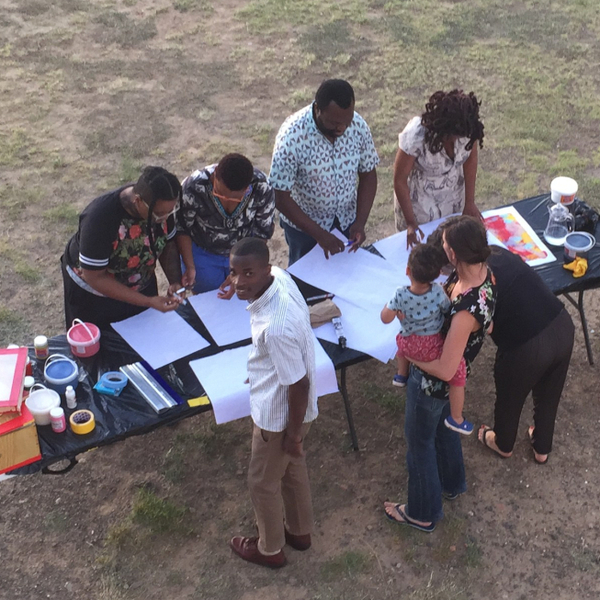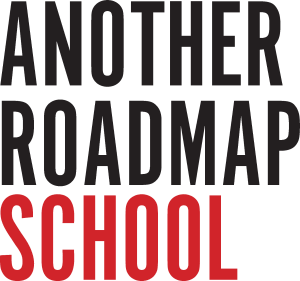ABOUT THIS COMMUNITY
-

About the Africa Cluster (ARAC)
The Africa Cluster of the Another Roadmap School (ARAC) is a group of scholars and practitioners of artistic and cultural education who work in both formal and informal contexts across the African continent. ARAC was founded to foster Africa-based conversations around the arts and education, and in investing in the development of a shared knowledge…
-
Another Roadmap Africa Cluster to impact art education on the continent: Q and A with Emma Wolukau-Wanambwa. (16 September 2015)
Following the inaugural meeting of the Another Roadmap Africa Cluster in Uganda in 2015, Emma Wolukau-Wanambwa, who organised the meeting, sat down for an interview with Dominic Muwanguzi for START Journal – Magazine for Contemporary Arts and Culture in East Africa. The interview is reproduced here with the kind permission of the START JOURNAL editorial…
-
People Who Think Together Dance Together: A Manifesto
In 2018, ARAC was invited by EDUCULT, an Austrian institute of cultural policy and cultural management, invited ARAC to submit a chapter for the book Cultural Policy and Arts Education: A first African-European Exchange (forthcoming). This publication was based on the proceedings of a two-day meeting EDUCULT organised at the Bundesakademie für kulturelle Bildung in…
